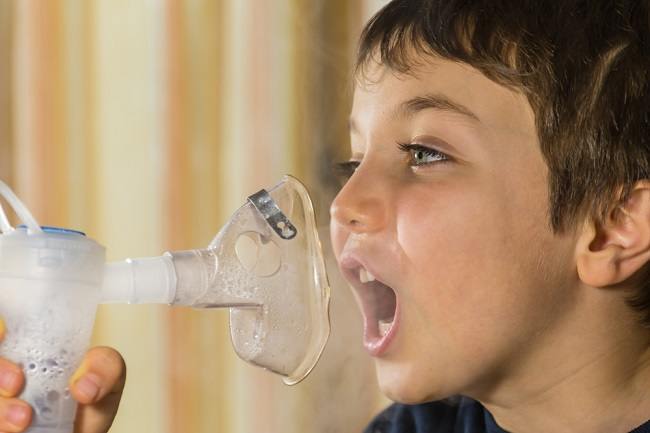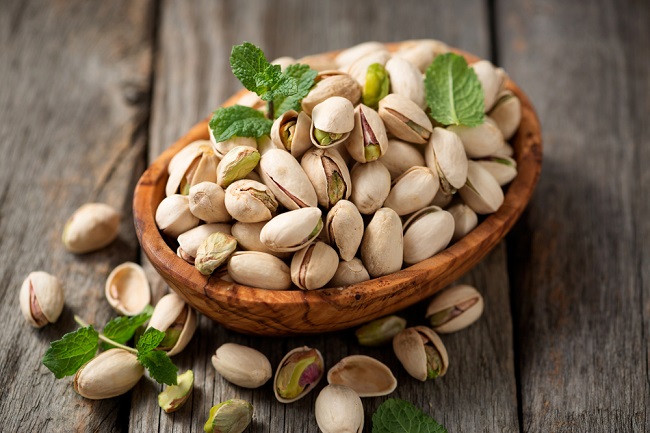There are several things that can cause hypertension in children, ranging from excess salt intake to lack of physical activity. Know how to deal with it, because if not treated immediately, hypertension in children can cause various dangerous complications.
Blood pressure is measured by how high the pressure in the blood vessels, either when the heart contracts to pump blood, or when the heart is relaxed or stretched.

In people with hypertension, the pressure in the blood vessels is too high. This condition can cause damage to blood vessels in the heart, brain, and other organs, and can even cause blood vessels to burst.
Causes of Hypertension in Children
There are several conditions and habits that can trigger or cause hypertension in children, namely:
1. Too much salt intake
Salt has the property to absorb water. The condition of excess salt causes the flow in the blood vessels to increase. As a result, the heart is trying harder to pump blood throughout the body which will then increase blood pressure.
2. Overweight
In addition to excess salt intake, being overweight or obese is also one of the factors that trigger hypertension in children. Hypertension caused by obesity is usually experienced by children aged 7 years and over.
3. Congenital disease from birth
Hypertension in children, especially children under 6 years, is often caused by various other health conditions from birth. For example, congenital heart disease, kidney disease, hormonal disorders, or genetic disorders.
4. Lack of physical activity
Be careful, hypertension is more at risk for children who are less active and spend more time sitting still, such as playing games or watch TV.
In addition, hypertension is also more common in boys, children born prematurely, overweight or underweight at birth, have a hereditary history of hypertension, type 2 diabetes, high cholesterol, secondhand smoke, have sleep disorders, and take drugs. certain medications, such as steroids.
How to Prevent and Overcome Hypertension in Children
In general, the management of hypertension in children is not much different from that of adults. Some of the following ways can help prevent and treat hypertension:
1. Applying an antihypertensive diet
One important way to treat hypertension in children is through the provision of high blood pressure-lowering foods, so that the child's blood pressure remains stable and avoids various complications.
A healthy diet that is often recommended to lower high blood pressure is the DASH diet. In this diet method, children should eat less fat, more vegetables, fruit, and whole grains, reduce salt intake, and reduce sugary foods and drinks, including juices.
2. Familiarize children to be active and exercise regularly
Exercising regularly can also help lower blood pressure. This is because being active and getting used to exercising regularly has a big impact on the health of blood vessels and heart.
Therefore, make sure your child exercises for at least 1 hour a day and choose a type of exercise that is appropriate for the child's age.
2. Keep children away from cigarette smoke
Frequent exposure to cigarette smoke can make blood pressure rise, and damage a child's heart and blood vessels. So, as much as possible protect children from cigarette smoke, especially from the people around them.
4. Give blood pressure-lowering drugs to children as recommended by the doctor
Blood pressure-lowering drugs will only be given by a doctor if lifestyle changes are not successful in reducing hypertension. Hypertension drugs may be given temporarily or take a longer time, depending on the child's condition.
So, from now on don't delay to create a healthy lifestyle in the family, so that children grow up healthy and avoid hypertension and other dangerous diseases.
In addition, if the child is known to have a risk for developing hypertension, the child's blood pressure should be checked regularly from the age of 3 years. Do not hesitate to consult a doctor to get the right examination and treatment.
If not treated immediately, hypertension in children can continue into adulthood and increase their risk for stroke, heart attack, heart failure, and kidney disease later in life.









